The Power of Understanding Autism
Have you ever encountered the belief that all children with autism are the same? Or that they lack empathy? These myths about autism are widespread and often influence how society treats individuals on the spectrum.
This article addresses common misconceptions about autism, clarifies why they are incorrect, and presents essential facts. By dispelling these stereotypes, we aim to foster greater awareness and promote inclusivity.
Understanding Autism
Autism is not a disease, nor is it a result of poor parenting. It is a neurodevelopmental disorder that impacts brain development.
Key points to consider:
- Each person with autism is unique.
- Some may struggle with social interactions.
- Others may excel in fields like math or art.
Recognizing the true nature of autism enhances our ability to support those on the spectrum.
10 Common Myths About Autism:
1. Myth: Autism is a Disease
One common myth about autism is the idea that it is a disease needing a cure. This belief fosters stigma and misunderstanding.
Autism is not a disease. It is a neurodevelopmental condition that influences how individuals process information, interact, and behave. Recognizing autism as a lifelong condition is crucial. It is not something to be “fixed.”
Autism Spectrum Disorder (ASD) often confuses people due to its diverse range of behaviors and traits. Individuals with autism may show differences in social interaction, communication, and behavior. These differences are not symptoms of a disease; they reflect a neurodivergent way of experiencing the world.
The Centers for Disease Control and Prevention (CDC) reports that 1 in 36 children in the United States are diagnosed with ASD. This statistic highlights the importance of increasing autism awareness and understanding.
How can you contribute to a more inclusive environment for individuals with autism?
Focus on Support, Not Cure
The main goal should be to provide support for individuals with autism, enabling them to lead fulfilling and independent lives. Research indicates that early intervention positively impacts social, communication, and behavioral skills.
Effective therapies include:
- Speech therapy
- Occupational therapy
- Behavioral interventions
These approaches help individuals develop essential skills, enhancing their quality of life.
Stereotype Impact and Social Challenges
The misconception that autism is a disease fuels negative stereotypes and social challenges. Many view individuals with autism as needing to be “fixed,” which hinders inclusion. This stigma affects education, work, and personal relationships.
Consider these aspects:
- Stereotyping individuals as “diseased” increases stigma.
- Shifting the narrative to support and inclusion celebrates neurodiversity.
- Educating parents with accurate information helps challenge harmful myths and promotes inclusive practices.
Recognizing autism as a lifelong developmental condition fosters a more inclusive and understanding world. This change in perspective reduces stigma and allows individuals with autism to thrive with appropriate support.o thrive with the right support.
2. Myth: All People with Autism Are the Same
A common misconception about autism is the belief that all individuals with the condition share the same traits and experiences. This oversimplifies a complex neurodevelopmental disorder.
Autism is a spectrum. Each person experiences it uniquely, with varying strengths and challenges across behaviors and skills.
Understanding the Autism Spectrum
The autism spectrum includes a wide variety of experiences:
- Some individuals may struggle with verbal communication and social interactions.
- Others might excel in areas like mathematics, music, or art.
This diversity means no two people with autism are the same.
Social Challenges
Individuals with autism may find it hard to understand social cues, making connections difficult. Yet, many can form deep relationships and strong emotional bonds when given the right support.
Behavioral Traits
Repetitive behaviors, such as hand-flapping or lining up objects, are often associated with autism but do not appear in every case. Some may engage in these behaviors, while others might focus intensely on specific interests or hobbies.
Cognitive Abilities
Cognitive abilities vary widely among individuals with autism. Some may have intellectual disabilities, while others possess above-average intelligence. Research indicates that about 1 in 3 individuals with autism have an intellectual disability, but 1 in 5 demonstrate exceptional skills in specific areas, such as the arts or sciences.
How do these insights change your understanding of autism?
The Impact of Stereotypes
Assuming all individuals with autism are the same creates harmful stereotypes. These misconceptions can obstruct inclusion and acceptance, affecting individuals with autism and their families. Promoting autism awareness and addressing myths helps us appreciate the unique qualities of each person on the spectrum.
Parental Education
Educating parents, caregivers, and the public about autism is crucial. Understanding autism as a spectrum allows families to support their children in ways that honor their individuality. Targeted parental education empowers families to make informed decisions, leading to better outcomes for individuals with autism.
Individuals with autism are not defined by a single set of behaviors or traits. The diverse abilities and challenges within the autism spectrum emphasize the need to recognize neurodiversity and tailor support to each person’s unique needs.
3. Myth: People with Autism Can’t Show Empathy
One common myth about autism is the belief that individuals on the spectrum lack empathy. This misconception can lead to misunderstanding and isolation, creating barriers for those with autism.
Empathy is complex and varies from person to person, including those with autism.
Understanding empathy in autism involves recognizing that:
- People with autism may struggle to express emotions in typical ways, especially in social settings.
- They might find it challenging to interpret non-verbal cues like body language or facial expressions, which are often key to expressing empathy.
Despite these challenges, individuals with autism can still experience and understand emotions.
Empathy in autism can manifest in different ways:
- Cognitive empathy: Understanding how others feel, even if they struggle to respond emotionally.
- Affective empathy: Sharing in another person’s emotions, even if their expression differs from typical responses.
Recognizing these forms of empathy can foster better understanding and connection. How can you challenge your own perceptions of empathy in others?
Stereotypes and Social Challenges
The belief that people with autism lack empathy can harm their social interactions. This misconception often leads to feelings of isolation and misunderstanding. Others may misinterpret their behavior, making it harder for individuals with autism to form friendships or find supportive spaces.
Research from the Autism Research Center shows that around 60% of people with autism struggle with social communication. Yet, many care deeply about others once they learn to recognize and process emotions. This underscores the need for increased autism awareness and dispelling myths to enhance societal understanding.
Parental Education and Support
Parents and caregivers are vital in teaching individuals with autism about emotions and social dynamics. Early intervention programs focused on social skills can help children on the spectrum grasp emotions better and respond with empathy. By promoting an inclusive mindset, we can help ensure that people with autism feel valued and understood in society.
4. Myth: Autism is Caused by Vaccines
One of the most damaging myths about autism is the belief that vaccines, especially the MMR (measles, mumps, rubella) vaccine, cause the condition. This misconception has fueled fear and confusion, despite strong evidence disproving it.
Impact of the Myth
This misconception has led to serious public health issues. Vaccination rates have dropped in some areas, resulting in outbreaks of preventable diseases. The CDC reports that vaccines prevent up to 3 million deaths annually worldwide. The fear surrounding the vaccine-autism myth has increased the risk of diseases like measles, which had nearly been eradicated.
What steps can you take to combat misinformation in your community?
Busting the Myth: The Facts
Research shows no link between vaccines and autism. Large-scale studies involving millions of children confirm this.
Vaccines are safe and effective. They protect children from serious diseases.
Immunization plays a vital role in public health. It saves lives and promotes herd immunity, which lowers the risk of outbreaks.
Raising awareness about autism and dispelling myths is essential. Educating parents and the public on vaccine safety helps counter harmful stereotypes.
Focus on evidence-based information to challenge these myths. Support both autism awareness and public health initiatives. autism and public health.
5. Myth: All People with Autism Are Geniuses
A common misconception about autism is the belief that everyone on the spectrum has extraordinary intelligence or talent. This stereotype, often reinforced by media portrayals, sets unrealistic expectations and ignores the diverse abilities and challenges faced by individuals with autism.
Understanding Autism and Abilities
- Some individuals with autism do have remarkable skills in areas like mathematics, music, or memory.
- However, this does not apply to everyone on the spectrum.
- Autism is a spectrum disorder, encompassing a wide range of abilities, from exceptional talents to challenges in social interaction and communication.
Not all individuals are geniuses.
- The CDC reports that about 1 in 44 children is diagnosed with autism.
- These individuals show a broad variety of behavioral traits.
- While some may have savant-like abilities, most do not.
- Intelligence varies widely among individuals with autism, similar to the general population.
Social and communication challenges are significant for many individuals with autism.
- They may struggle with verbal communication or interpreting social cues.
- These challenges can hinder participation in daily activities, regardless of their intellectual capabilities.
Reflect on this: How can we better support individuals with autism in recognizing their unique strengths and challenges?
Recognizing individuality is essential in autism awareness.
Understanding the full spectrum of abilities and needs is key. Each person with autism has unique strengths and challenges.
Respect and support should be tailored to these individual traits.
Challenging myths is vital. Proper education for parents can help reduce stereotypes.
This approach fosters a more inclusive society.
6. Myth: People with Autism Can’t Lead Normal Lives
A common misconception about autism is that those with the condition cannot lead typical lives. This stereotype arises from a lack of understanding of the varied abilities and challenges faced by individuals with autism. In reality, with appropriate support, many can lead fulfilling and independent lives.
Independence and Success
- Living Independently: Many individuals with autism manage daily tasks like cooking, cleaning, and budgeting. A study from the Journal of Autism and Developmental Disorders found that around 50% of young adults with autism live independently or semi-independently by age 22.
- Meaningful Employment: Numerous people with autism excel in their careers. Companies such as Microsoft and SAP actively hire individuals on the autism spectrum, valuing their unique skills like attention to detail and problem-solving. A report from Autism Speaks highlights that individuals with autism thrive in roles requiring specific talents, including data analysis, programming, and creative work.
The Importance of Support
To help individuals with autism lead fulfilling lives, providing the right support is crucial. This includes:
- Parental education: Parents must advocate for their child’s needs and ensure access to appropriate services.
- Behavioral therapy and intervention: Early intervention programs equip individuals with essential life skills, aiding them in navigating social challenges.
By promoting autism awareness and dispelling myths, we can dismantle stereotypes and empower individuals with autism to achieve their goals, build relationships, and contribute to society.
7. Myth: Autism Is a Mental Illness
Autism is often misunderstood and mistakenly linked to mental illness. This confusion arises from a lack of clarity about autism’s nature and characteristics.
Autism is a neurodevelopmental disorder, not a mental health condition.
Autism vs. Mental Illness
- Autism impacts social communication and behavior.
- Individuals may face challenges in social interactions, nonverbal cues, and relationship-building.
- It is a developmental condition that starts in early childhood and persists throughout life.
In contrast, mental illness includes various psychological conditions affecting mood, thinking, and behavior, such as depression and anxiety disorders. These conditions can be temporary and often relate to stress or trauma, while autism is a lifelong condition.
Behavioral Traits and Social Challenges
People with autism may find it difficult to interpret facial expressions or maintain eye contact. These traits are part of autism’s spectrum, not signs of mental illness.
It’s essential to distinguish between behaviors linked to autism and those arising from mental health issues, like depression or anxiety, which can occur alongside autism.
Impact of the Myth
Misunderstanding autism as a mental illness can lead to harmful stereotypes, suggesting individuals with autism are “ill” or “broken.” This misconception hampers awareness efforts and contributes to stigma.
Educating parents about the differences between mental health concerns and autism traits is vital. Proper understanding ensures children with autism receive the right support.
Recognizing autism as a distinct condition fosters greater understanding and support for neurodiverse individuals, ultimately enhancing their quality of life.
8. Myth: Autism Can Be Outgrown
One common myth about autism is the idea that individuals can outgrow it. While some may improve certain skills over time, autism remains a lifelong condition. Recognizing this myth is vital for promoting awareness and ensuring individuals with autism receive ongoing support.
Understanding Autism
Autism, or Autism Spectrum Disorder (ASD), affects social communication, behavior, and sensory processing. Research confirms autism is a lifelong disorder. Individuals may learn to navigate social situations and enhance communication, but the core traits of autism persist. The CDC reports that about 1 in 54 children is diagnosed with autism, underscoring the need for support throughout their lives.
Key Traits and Support Needs
- Social Challenges: Individuals with autism often struggle with social interactions and interpreting social cues, regardless of age.
- Behavioral Traits: Repetitive behaviors and strong interests may continue throughout life, though they can be managed more effectively.
Role of Parents and Educators
Parents, caregivers, and educators play a crucial role in dispelling myths and advocating for personalized support. Raising awareness about autism helps dismantle stereotypes and fosters a more inclusive environment.
What steps can you take to support individuals with autism in your community?
9. Myth: Autism Is Caused by Bad Parenting
One of the most damaging myths about autism is the belief that it stems from bad parenting. This stereotype can inflict guilt, shame, and isolation on parents, further stigmatizing their child. In truth, autism is a complex neurodevelopmental condition shaped by a mix of genetic and environmental factors, not parenting style.
Understanding Autism Causes
- Genetic Factors: Research shows genetics significantly influence autism development. Children with a sibling on the autism spectrum have a higher likelihood of being diagnosed, highlighting the hereditary aspect.
- Environmental Factors: While genetics are vital, environmental influences during pregnancy, such as maternal health or exposure to toxins, may also play a role. Importantly, no evidence links a parent’s behavior to the onset of autism.
Consequences of This Myth
- Parental Guilt: This myth unfairly blames parents, leading to emotional stress and self-doubt. Studies indicate that parental guilt can harm mental health, making it challenging for families to seek necessary support.
- Hindering Support: Disproving this harmful belief is essential for promoting autism awareness. Providing parents with accurate information and support can enhance their ability to care for their children effectively.
By addressing this myth, we can foster a more supportive and understanding environment for individuals with autism and their families.
10. Myth: People with Autism Don’t Want Social Interaction
Many people mistakenly believe that individuals with autism do not want social interaction. This oversimplification ignores the real social challenges they face and can lead to harmful stereotypes. In reality, many individuals with autism desire social engagement but struggle due to unique communication barriers.
Understanding Social Challenges of Autism
Individuals with autism encounter specific hurdles in socializing, such as:
- Difficulty interpreting non-verbal cues like body language, facial expressions, and tone of voice.
- Challenges with verbal communication, including initiating or maintaining conversations and engaging in back-and-forth dialogue.
- Sensory sensitivities, where loud noises, crowded spaces, or bright lights can overwhelm them, complicating social interactions.
- Uncertainty in social situations, as the complexity of social norms can be confusing, making it harder to form and maintain connections.
These challenges do not indicate a lack of desire to socialize. They emphasize the need for support, understanding, and accommodations in social environments.
The Impact of Myths and Stereotypes
When the belief that people with autism do not want to interact goes unchallenged, it can result in:
- Social isolation, as individuals may miss out on social opportunities due to assumptions about their interest.
- Misunderstanding and exclusion, which can hinder empathy and prevent the recognition of the need for supportive communication strategies.
- Missed opportunities for growth, as stereotypes can limit individuals’ chances to build meaningful relationships and connections.
How can we challenge these misconceptions and create more inclusive environments?
Supporting Social Connections
Individuals with autism can thrive in social interactions with the right support. Here are effective strategies to promote social development:
- Parental education: Equip parents with tools to enhance their child’s social skills. This support can lead to significant improvements.
- Behavioral interventions: Teach individuals strategies for navigating social situations. Focus on enhancing communication skills.
- Social skills programs: Enroll individuals in specialized programs. These provide a safe, structured environment for practicing social interactions.
Challenging myths and raising awareness about autism fosters an inclusive society. This empowers individuals with autism to form meaningful social connections.
Key Takeaways
- Autism is not a disease, but a developmental condition.
- There is no “one size fits all” when it comes to autism—every individual is unique.
- Dispelling myths about autism promotes better understanding and inclusion.
- Early intervention, therapy, and support can improve the lives of individuals with autism.
At a Glance:
- Myths to Bust: Autism is not a disease, people with autism are not all the same, and vaccines do not cause autism.
- Supporting Individuals with Autism: Everyone deserves respect, understanding, and the opportunity to live a fulfilling life.
FAQs
Q: What is autism?
A: Autism is a neuro-developmental disorder that affects how a person interacts with the world. It can influence communication, social skills, and behavior.
Q: Can autism be cured?
A: Autism is not a disease that can be cured. It’s a lifelong condition that can be managed with the right support and therapy.
Q: How can I support someone with autism?
A: The best way to support someone with autism is by being patient, providing structure, and understanding their needs.
Conclusion: Let’s Break the Myths Together
As we’ve seen, autism myths are not just wrong—they can also be harmful. By challenging these misconceptions, we can create a more inclusive, accepting world where individuals with autism are celebrated for their uniqueness. We must all play a role in spreading autism awareness, ensuring that everyone, regardless of where they are on the spectrum, gets the support, respect, and opportunity they deserve. Let’s continue busting these myths and building a society that truly values neurodiversity!

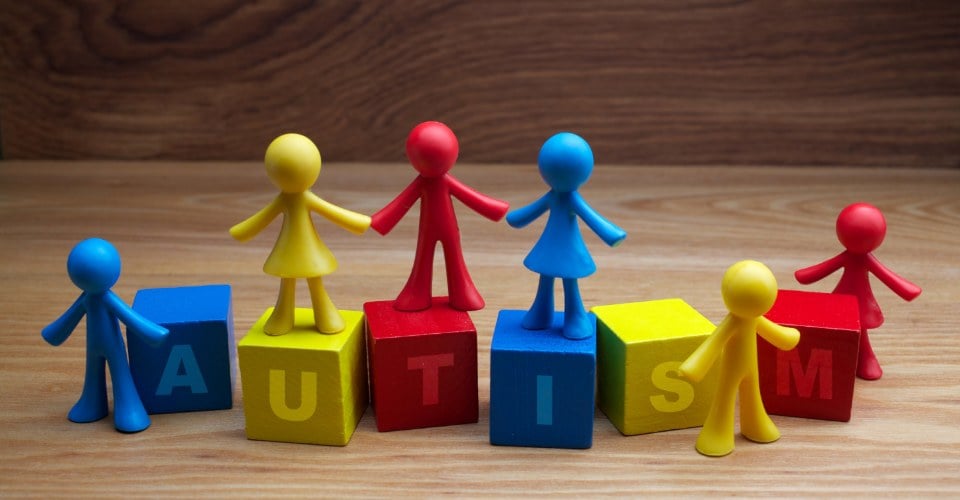
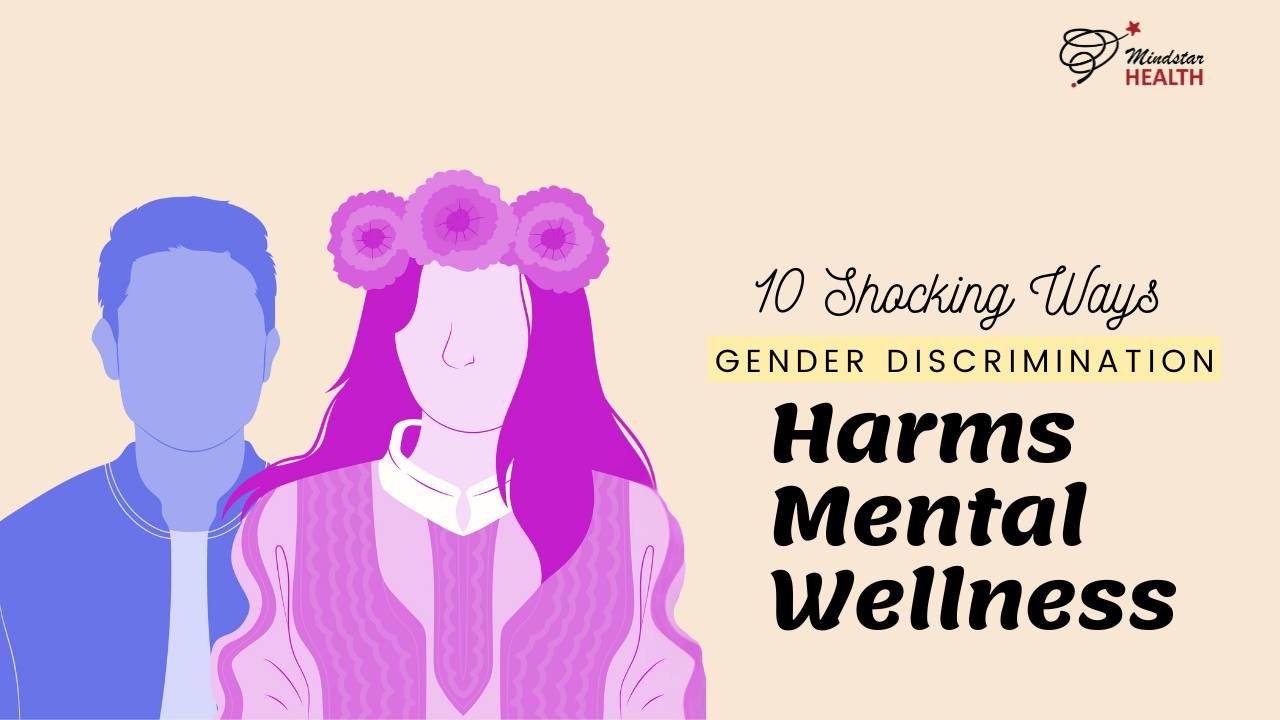


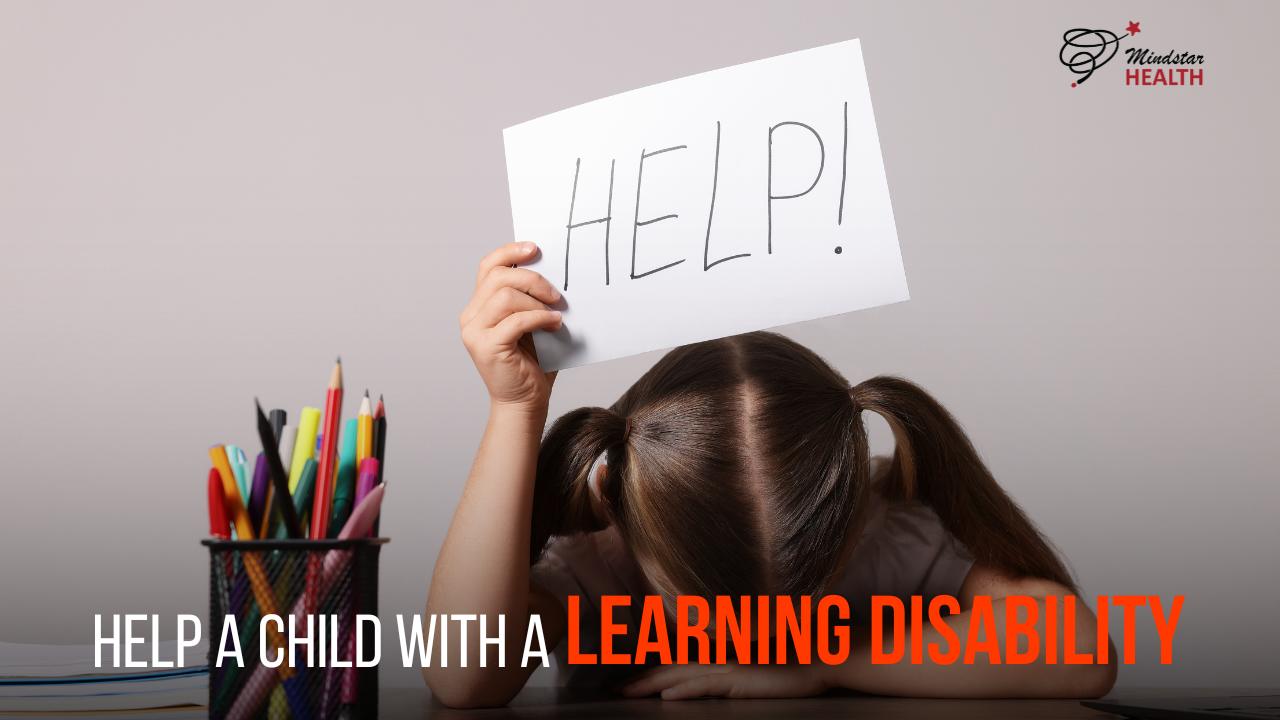

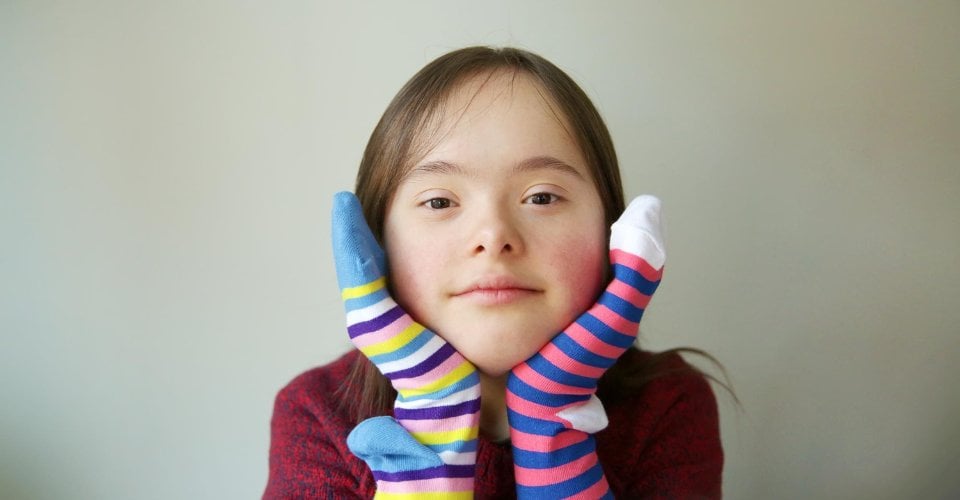









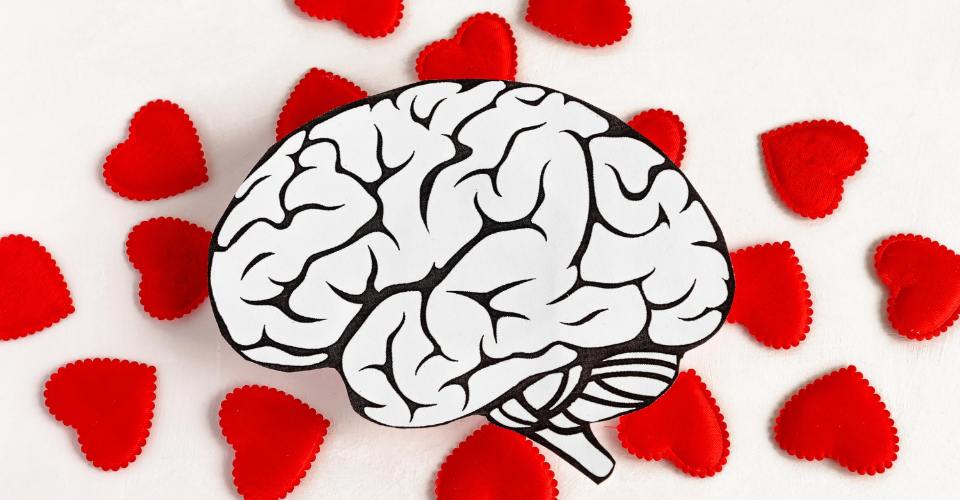



Leave a Reply
You must be logged in to post a comment.